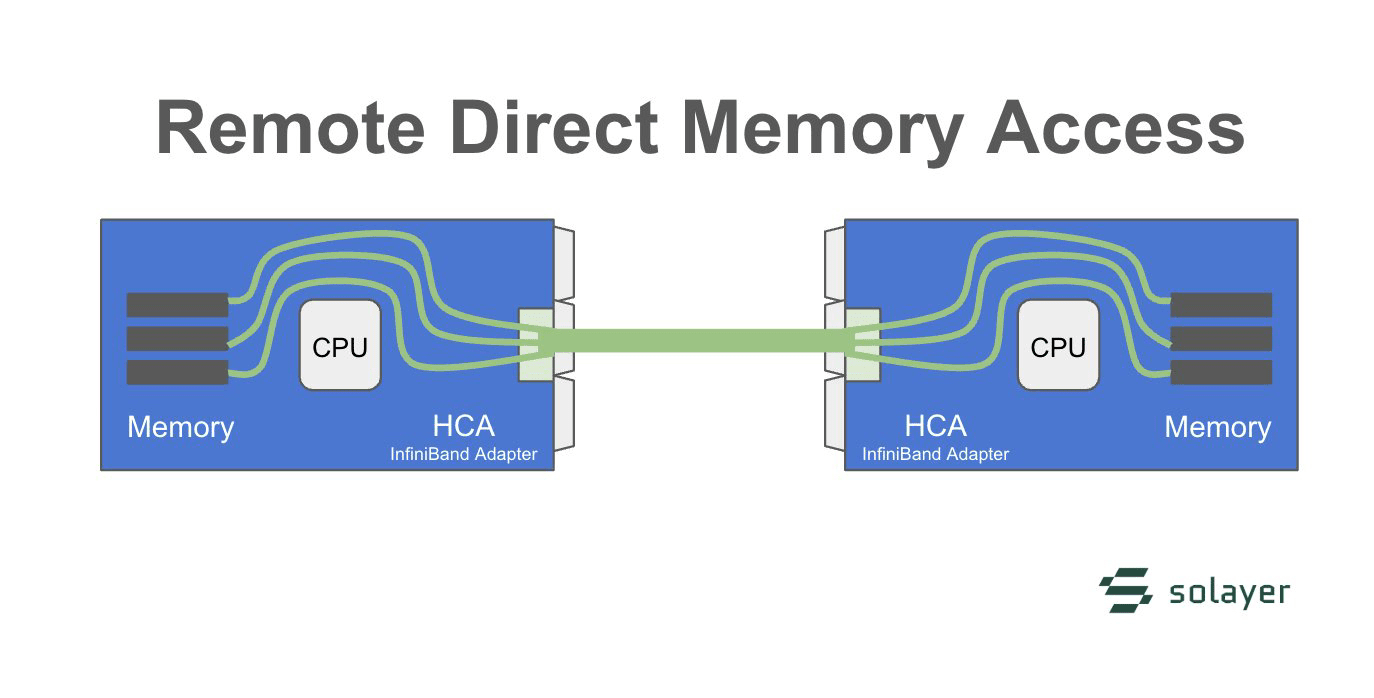In the Solayer ecosystem, two 'seemingly supporting' assets are worth highlighting: sSOL (yield certificate) and sUSD (yield-oriented stablecoin). The former unifies the basic coupon of SOL/LST and re-staking yield on a single certificate, and can be collateralized, pooled, and structured on-chain; the latter uses US Treasury bond yields as its basis, transforming stablecoins from 'only used for settlement' to 'assets that can generate stable cash flow.' Solana Compass and several tutorial sites regard these two as key to 'turning yields into tradable structures.'
Why emphasize composability? Because only with composability can cash flow become the underlying factor of strategies. Bitunix's teaching material describes sSOL-SOL LP as an entry point for 'reducing slippage and improving capital efficiency'; when sSOL can enter lending, AMM, and swaps, the design space for strategies will expand exponentially. Additionally, with the stable underlying asset of sUSD, the team can combine 'fixed coupon + variable re-staking fee + strategic factor' to form a more stable cash flow curve.
The application side cases can be very intuitive:
In lending protocols, using sSOL as collateral retains underlying yields while obtaining liquidity;
In yield separation/swap protocols, the 'principal' and 'yield rights' of sSOL are priced separately;
At the market-making end, using sUSD to bear the stable portion of the inventory makes it easier to manage the duration of 'risk asset legs' and 'stable legs'.
The common point of these practices is: returns are no longer tied to a specific pool, but have become cash flows circulating throughout the entire ecosystem.
Binance Academy summarizes this route as 'enhancing scalability and liquidity on Solana, bridging LRT and DApp pathways.' The practical implication of this statement is: when you make sSOL and sUSD default usable 'generic components,' developers and strategy teams do not have to rewrite the yield routing each time they connect to a protocol, and the network effect of the chain comes from 'the flow of cash flow.'
Risk control and boundaries must also be clearly stated: If the underlying assets of sUSD are primarily US Treasury bonds, its off-chain custody and settlement need to be transparently disclosed; the re-staking path of sSOL must have a traceable mapping of tasks—fees—accountability. Any information asymmetry at either end will be 'amplified' in the secondary market. Comparing a checklist with materials published by official and ecological channels can effectively reduce misjudgment.
@Solayer #BuiltonSolayer $LAYER